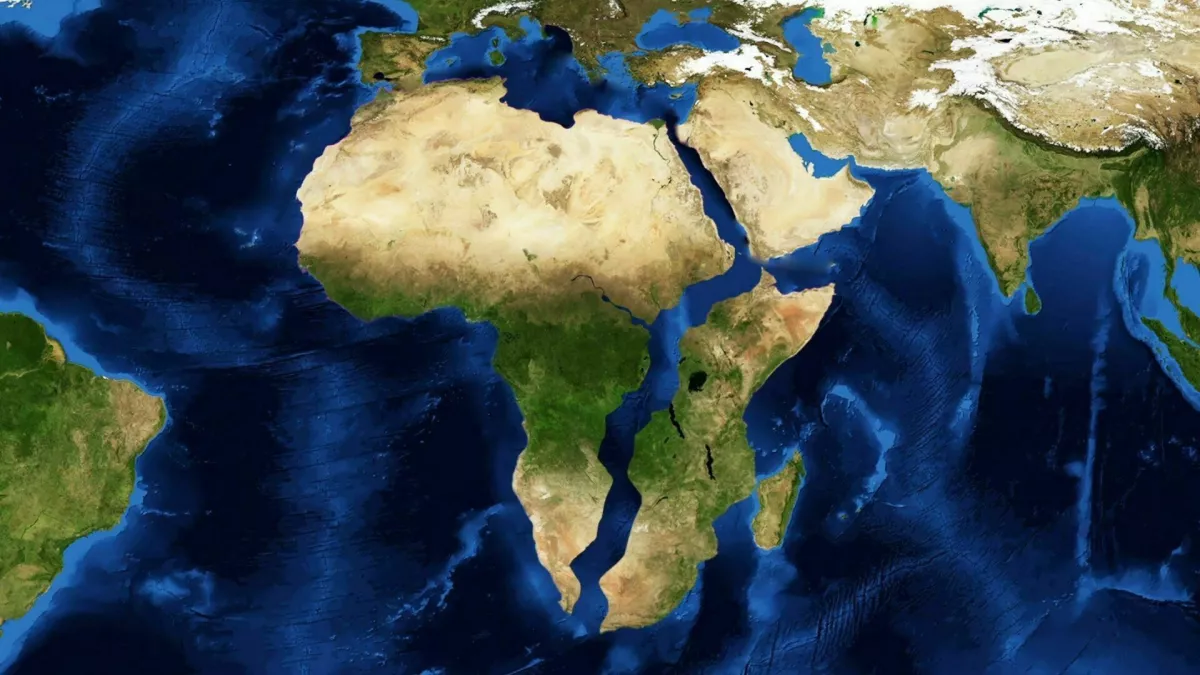Africa’s future ocean: Tectonic shift unfolding faster than expected
The African continent is on the brink of a monumental transformation as tectonic activity along the East African Rift System accelerates the formation of a new ocean. According to The Daily Galaxy, this network of faults, stretching from Mozambique to the Red Sea, is rapidly reshaping Africa’s geography and ecosystems, with scientists revising timelines for this phenomenon.
Traditionally thought to span tens of millions of years, recent studies suggest this geological process could unfold within a million years—or even sooner. The movement of tectonic plates, specifically the African and Somali plates, at a rate of 0.8 centimeters annually, is driving this change. In Ethiopia’s Afar region, for instance, the rift has already formed a 60-kilometer fissure, marking the early stages of a new ocean basin.
Geoscientist Cynthia Ebinger of Tulane University highlights the accelerated pace of this shift: “We’ve reduced the timeframe to about 1 million years, possibly even half that.” Seismic events, such as earthquakes, could hasten this process further, although their unpredictability poses challenges for precise forecasting.

The East African Rift offers a rare opportunity for scientists to observe continental crust transitioning into oceanic crust in real time. This transformation mirrors the creation of the Atlantic Ocean millions of years ago, providing critical insights into tectonic dynamics and geological evolution.
Notably, in 2005, the Afar region experienced a dramatic event when over 420 earthquakes in just a few days created a massive fissure. Changes typically expected to take centuries occurred almost instantaneously, challenging long-standing assumptions about geological timescales.
The formation of this new ocean promises profound implications for Africa. Landlocked countries such as Zambia and Uganda could gain coastlines, opening up new trade opportunities and reshaping their economies. Additionally, new marine ecosystems may emerge, altering the region’s biodiversity. However, these benefits come with challenges, including the need for updated infrastructure, land management strategies, and comprehensive monitoring of environmental impacts.
As researchers refine their understanding of this phenomenon, the accelerated timeline calls for innovative approaches to modeling tectonic movement and predicting its effects. The East African Rift System exemplifies the dynamic and ever-changing nature of Earth’s surface, offering a glimpse into the powerful forces that shape our planet’s future.
By Vugar Khalilov








